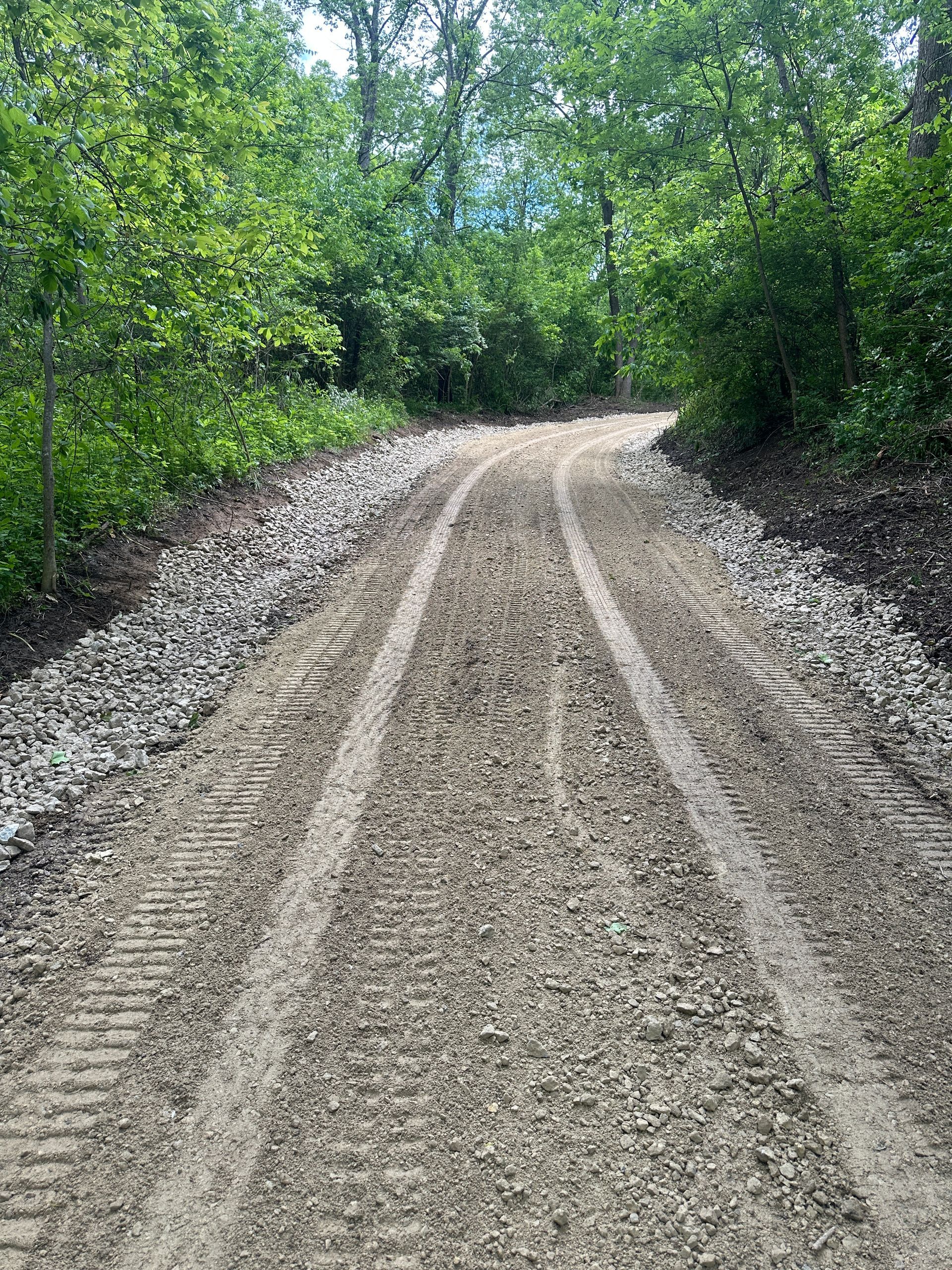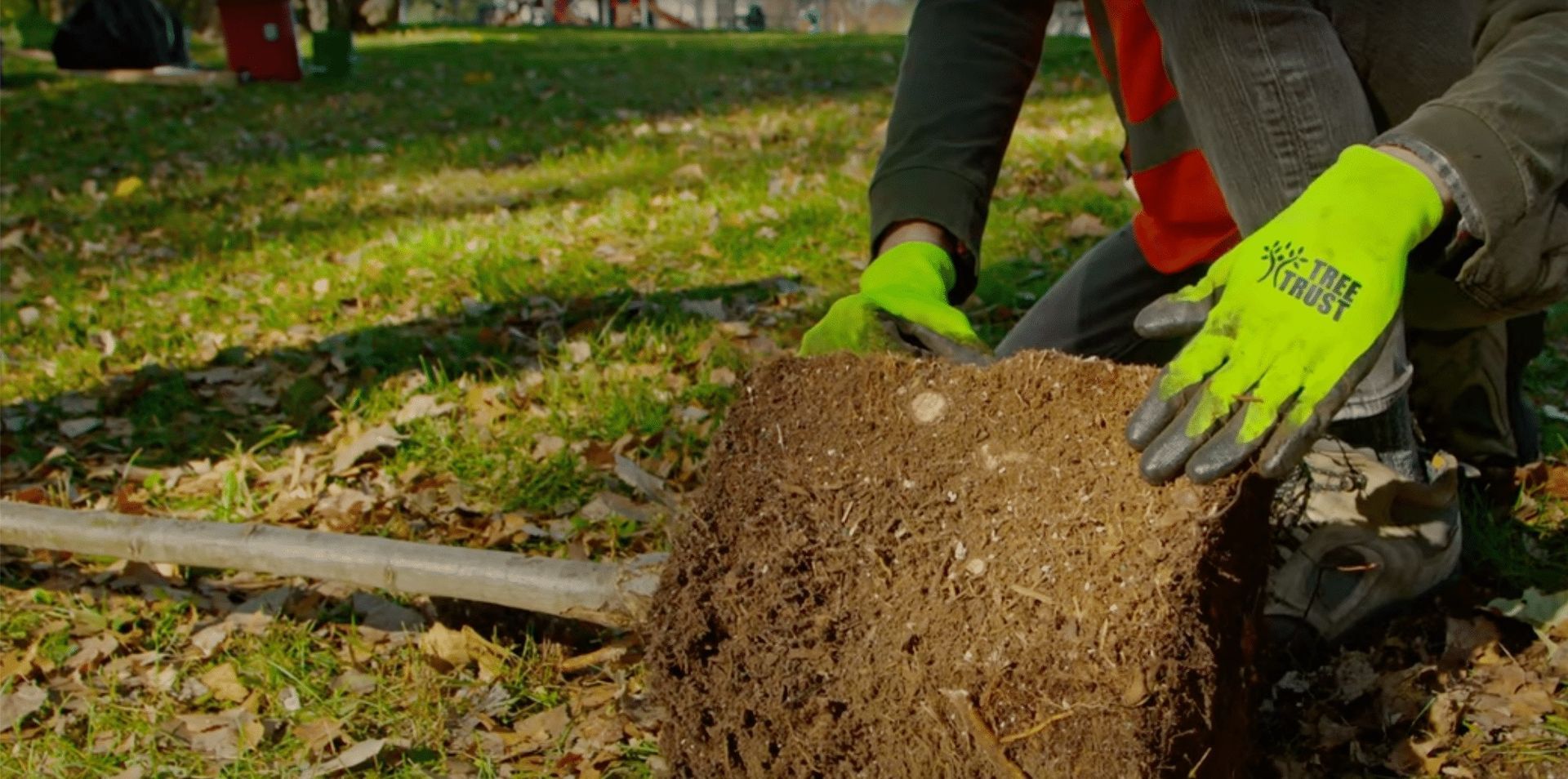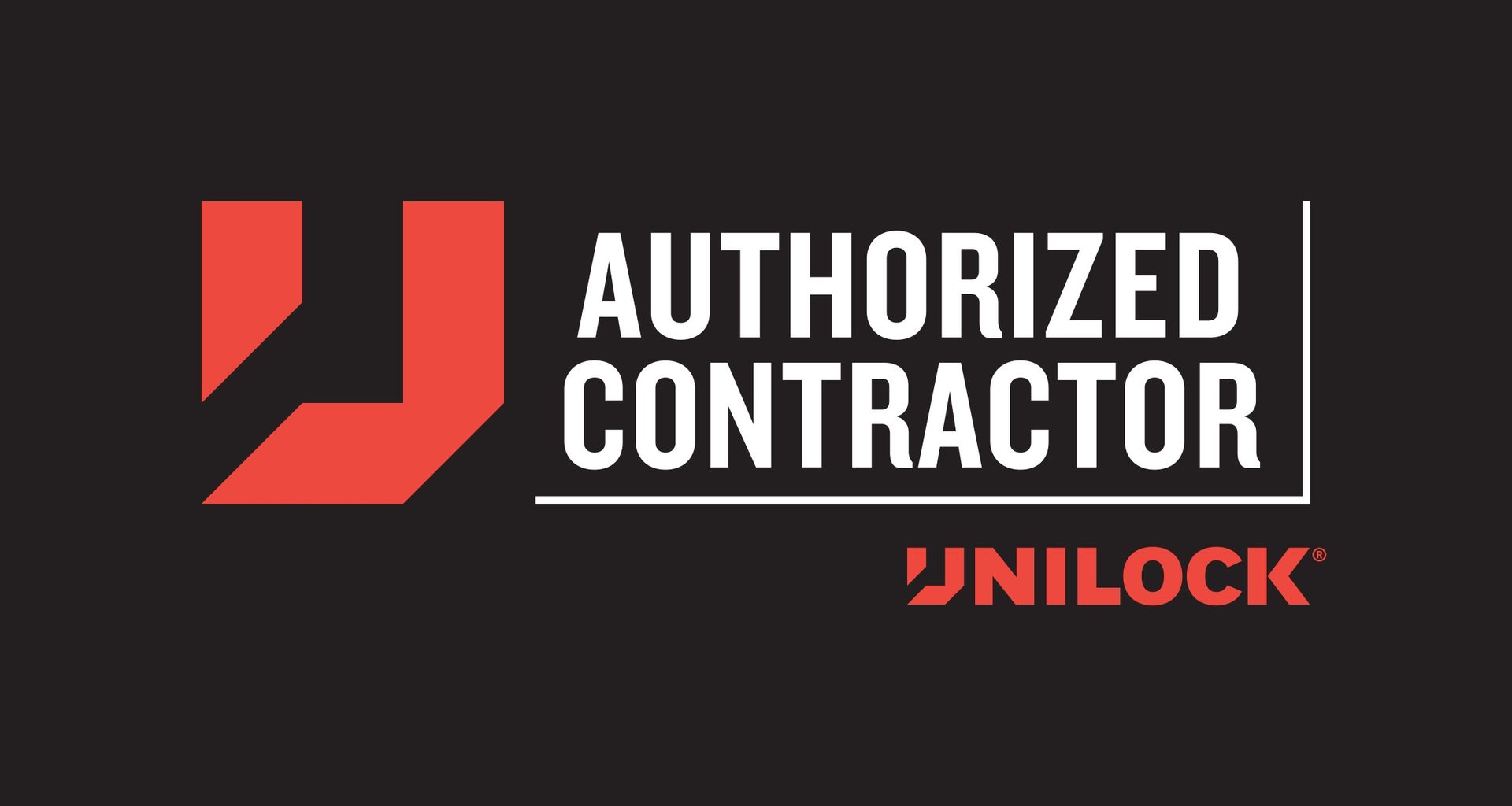Common Hardscape Problems and How to Fix Them
Adam Lawson • October 7, 2025
Hardscaping elements like patios, walkways, retaining walls, and driveways add beauty and functionality to your outdoor space. However, these features can encounter issues over time, especially in areas with freeze-thaw cycles and heavy rains. In this post, we'll dive into some of the most prevalent hardscape problems—such as shifting pavers, erosion, and weed growth—and explore both DIY solutions and when to call in professionals. Whether you're dealing with common hardscape issues in your backyard or planning a repair, understanding these fixes can save you time and money.
Understanding Shifting Pavers and How to Fix Them
One of the top complaints from homeowners is shifting pavers, which can create uneven surfaces and tripping hazards. This problem often stems from an unstable base, poor drainage, or soil settlement, exacerbated by fluctuating weather patterns.
DIY Solutions to Fix Shifting Pavers
If you're handy and the issue is minor, start by lifting the affected pavers with a pry bar or screwdriver. Remove any debris or old sand from the base, then add a layer of polymeric sand or crushed stone to level it out. Compact the area with a tamper, replace the pavers, and sweep more sand into the joints to lock them in place. This approach works well for small patios, where quick weekend fixes can prevent further damage.
Professional Help for Shifting Pavers
For larger areas or persistent problems, it's best to hire a local hardscape expert. Pros can excavate the site, install a proper geotextile fabric and gravel base, and ensure long-term stability. Expect to pay $5–$15 per square foot, but it's worth it to avoid recurring issues.
By addressing shifting pavers early, you can maintain a safe and attractive outdoor area tailored to your climate.
Tackling Hardscape Erosion Repair
Erosion is another frequent hardscape headache, particularly in hilly areas, where water runoff can wash away soil and undermine structures. This leads to cracks, sinking features, or even complete failure if left unchecked.
DIY Approaches for Hardscape Erosion Repair
Begin with simple redirection: Install French drains or gravel swales to channel water away from your hardscape. For retaining walls showing signs of erosion, backfill with gravel and add weep holes for drainage. Homeowners often use landscape fabric and mulch around edges to stabilize soil—it's an affordable fix that can be done in a day with basic tools from a local hardware store.
When to Call Pros for Erosion Issues
If erosion has caused significant structural damage, consult professionals experienced in hardscape erosion repair. They might recommend building or reinforcing retaining walls with interlocking blocks or even installing underground drainage systems. Costs can range from $10–$50 per linear foot, depending on the scale, but it ensures your property withstands heavy rains.
Effective hardscape erosion repair not only protects your investment but also enhances curb appeal.
Combating Weed Growth in Hardscapes
Weed growth between pavers or cracks is a sneaky but common hardscape issue that plagues many yards. In humid summers that encourage rapid plant invasion, weeds can make your pristine patio look unkempt and even cause further displacement.
DIY Weed Control Methods
Pull weeds by hand or use a vinegar-based spray for eco-friendly removal. To prevent regrowth, apply polymeric sand to the joints—it hardens when wet and blocks weeds while allowing water to drain. This is a popular DIY tactic, as it's non-toxic and effective for small-scale problems.
Professional Solutions for Persistent Weeds
For widespread infestations, turn to landscaping services that specialize in common hardscape issues. They can apply commercial sealants, install weed barriers during reinstallation, or use targeted herbicides safely. Professional treatments might cost $2–$5 per square foot but provide lasting results, especially in weed-prone areas.
Regular maintenance, like annual sealing, can keep weed growth at bay and preserve your hardscape's integrity.
Final Thoughts on Maintaining Your Hardscape
Dealing with common hardscape issues doesn't have to be overwhelming. By staying proactive with inspections—especially after harsh winters or heavy storms—you can catch problems early. For DIY enthusiasts, basic tools and materials from local suppliers are often sufficient. However, for complex repairs, enlisting professionals ensures durability and compliance with local codes.
Remember, a well-maintained hardscape boosts your home's value and enjoyment. If you're facing shifting pavers, need hardscape erosion repair, or battling weeds, start with these tips our give us a call at Signature Hardscape if needed. Your oasis awaits!

Maintaining a gravel driveway can be a rewarding task, and one of the most effective ways to keep it in top shape is through topdressing. Topdressing involves adding a fresh layer of gravel to the existing driveway surface to restore its appearance, improve functionality, and extend its lifespan. Below, we explore the key benefits of topdressing your gravel driveway. 1. Restores Aesthetic Appeal Over time, gravel driveways can become worn, with bare patches, ruts, or scattered stones. Topdressing replenishes the surface with fresh gravel, giving it a clean, uniform look. A well-maintained gravel driveway enhances your property’s curb appeal, making it more inviting for visitors and potential buyers. 2. Improves Surface Stability Daily use, weather, and natural settling can cause gravel to shift or compact unevenly, leading to potholes or uneven surfaces. Adding a new layer of gravel through topdressing fills in low spots and creates a smoother, more stable driving surface. This improves safety and comfort for vehicles and pedestrians alike. 3. Enhances Drainage Proper drainage is critical to preventing water pooling and erosion on a gravel driveway. Topdressing with the right type and size of gravel—such as angular stones that interlock—helps maintain proper drainage channels. This reduces the risk of water damage and keeps your driveway functional even during heavy rain. 4. Extends Driveway Lifespan Regular topdressing protects the underlying base of your driveway by preventing excessive wear. By addressing minor issues like thinning gravel or small potholes early, you can avoid costly repairs or a full driveway replacement. A well-maintained gravel driveway can last for decades with proper care. 5. Cost-Effective Maintenance Compared to repaving an asphalt or concrete driveway, topdressing a gravel driveway is a budget-friendly maintenance option. The materials and labor required are relatively inexpensive, and the process is straightforward enough that homeowners can often do it themselves with the right tools and materials. 6. Prevents Weed Growth A thin or patchy gravel layer can allow weeds to take root, detracting from your driveway’s appearance and causing structural issues. Topdressing adds a fresh, thick layer of gravel that suppresses weed growth by blocking sunlight and making it harder for seeds to germinate. 7. Customizable Appearance Topdressing gives you the opportunity to refresh or even change the look of your driveway. You can choose gravel in different colors, sizes, or textures to match your home’s aesthetic or landscape design. This flexibility allows you to personalize your driveway while maintaining its functionality. How to Topdress Your Gravel Driveway To get the most out of topdressing, follow these steps: 1. Clear Debris: Remove weeds, leaves, and other debris from the driveway. 2. Grade the Surface: Use a rake or grader to smooth out ruts and potholes. 3.Choose the Right Gravel: Select gravel that matches your existing driveway or opt for a new style, ensuring it’s angular for better interlocking. 4.Spread Evenly: Apply a 1-2 inch layer of gravel evenly across the surface. 5.Compact the Gravel: Use a roller or tamper to compact the new layer for stability. Conclusion Topdressing your gravel driveway is a simple yet highly effective way to maintain its beauty, functionality, and durability. By addressing wear and tear, improving drainage, and preventing weed growth, topdressing ensures your driveway remains a reliable and attractive feature of your property. Whether you’re looking to boost curb appeal or extend the life of your driveway, regular topdressing is a smart investment for any gravel driveway owner.



